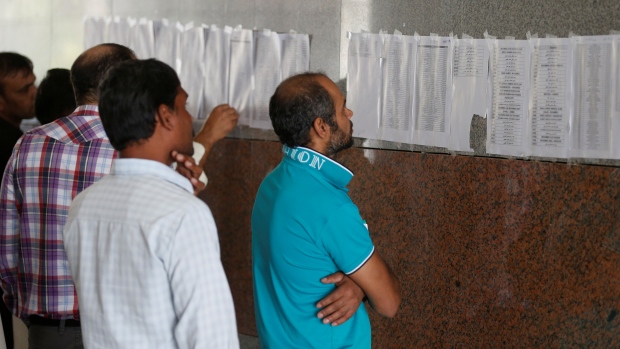Low global crude prices have hit Saudi Arabia hard. With a considerable budget deficit, Saudi Arabia has been forced to begin borrowing from capital markets–$4 billion in July.
The coutnry is highly reliant on oil–accounting for more than 90% of budget revenues. Cuts have not been made to capital expenditure and Riyadh is engaged in an expensive conflict within Yemen, according to a note released by Douglas-Westwood London, leading provider of market research and consulting services to the energy industry worldwide, TradeArabia reported.
Consequently, the decision to ride out lower prices has put a huge strain on finances–the IMF estimates $50 oil will lead to a deficit of about $140 billion (20% of GDP) this year. Plugging holes in the budget with bond issues is the clearest sign yet that the country is feeling the pinch, the question is, how long can it continue?
At least for the time being, there seems to be room for more lending, with plans to raise $27 billion by year-end. Debt levels have been dramatically reduced since the late 1990s when borrowing reached 100% of GDP (prior to July’s bond issue, debt was 1.6% of GDP).
At present, liquidity does not seem to be a problem with local banks easily absorbing bond issues. However, further borrowing into 2016 and beyond could prove problematic. Predicted rises in global interest rates over the coming years may make borrowing unattractive, forcing further withdrawals from the country’s foreign reserves.
Saudi Arabia’s foreign reserve assets fell for a fourth month in June to about $672 billion. If current oil price trends continue, these reserves could fall to $200 billion by 2018–70% less than pre-crash levels.


